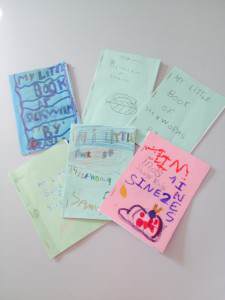Welcome back everyone and welcome to all newcomers . We are very much looking forward to starting our English classes again and have got a lots of ideas to enthuse the children. Did you manage to keep you kids in contact with English over the summer holidays?
Bienvenidos de vuelta a todos y bienvenidas a todas las personas recién llegados. Tenemos mucha ilusión por empezar de nuevo las clases de inglés y tenemos muchas ideas para animar a los niños con su aprendizaje. ¿Conseguisteis mantener a los niños en contacto con el inglés durante las vacaciones de verano?



